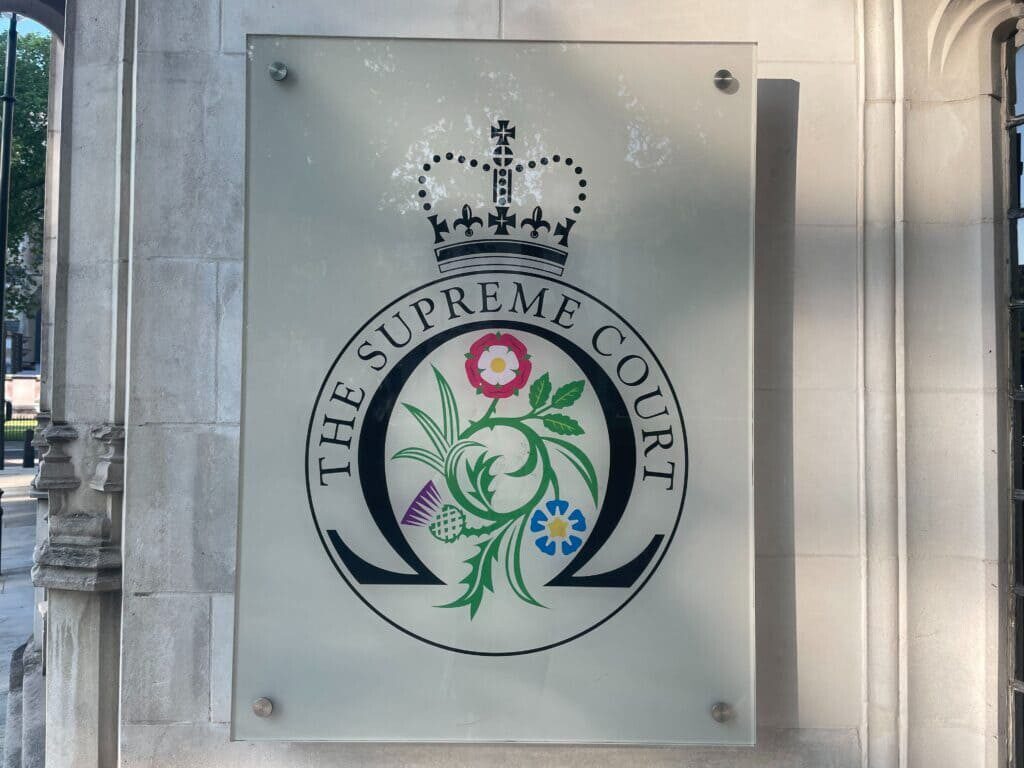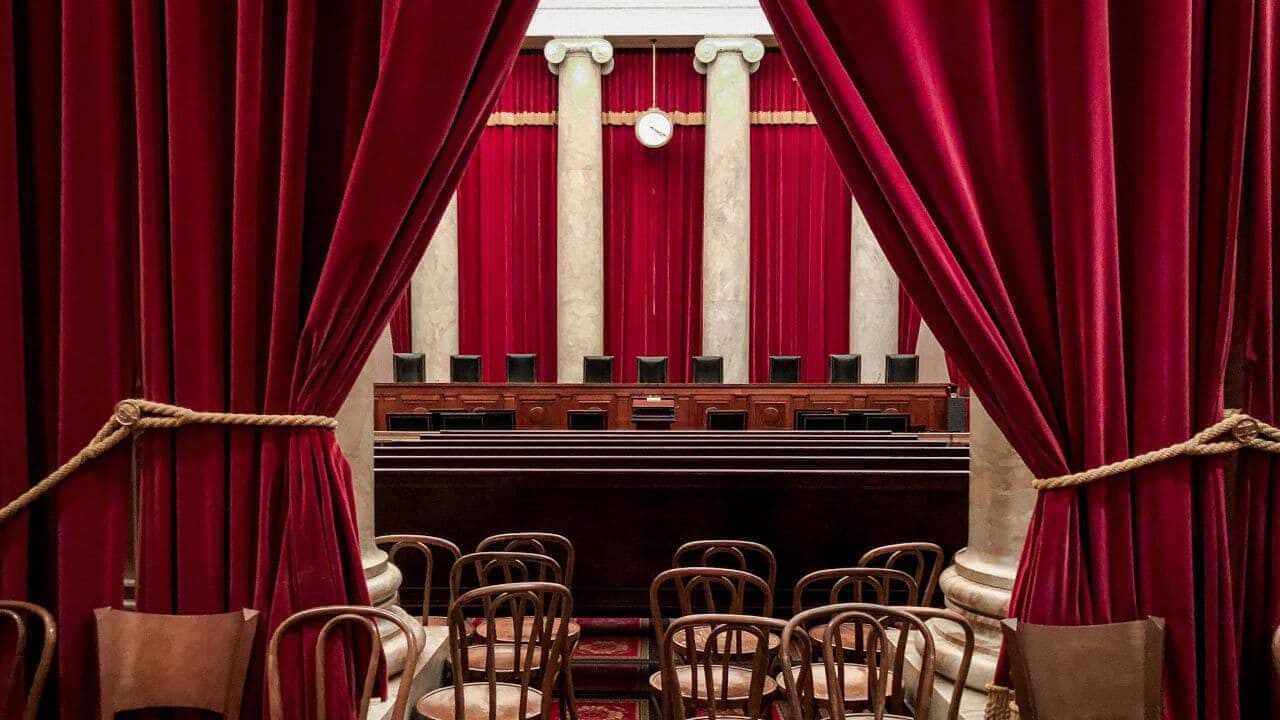The court should not be a place of confusion. This is why it has several laws and principles guiding its conduct. One of such laws is the principle of Stare Decisis which is also known as a judgment by precedents.
Young (2020), in her article, Stare Decisis Definition, defined Stare Decisis as “a legal doctrine that obligates courts to follow historical cases when making a ruling on a similar case. It ensures that cases with similar scenarios and facts are approached in the same way. Simply put, it binds the court to follow legal precedents set by previous decisions.” Stare Decisis is a Latin phrase which means “to stand by that which is decided.”
Doctrine of precedents
The doctrine of precedents helps to give the court system a form of uniformity and predictability. This principle works according to the hierarchy of court being operated. In the United States, the decisions of higher courts are binding on inferior courts. Generally, courts are bound by previous decisions except in constitutional matters. In some cases, precedents can be persuasive. For example, a decision by a lower court will serve only a persuasive role in a similar case tabled before a court of higher jurisdiction. Similarly, decisions reached in other countries serve persuasive purposes only.
The doctrine of precedents has lots of benefits to offer both the judge and the parties involved in the case. This doctrine helps to promote a level of certainty as to different matters in a country. It saves the judge quality time of tracing every point if law related to the case, thus improving efficiency. It also helps prevent possible bias, partiality, and prejudice, since courts are bound to follow precedents in some issues regardless of their personal preference. There are different aspects of law where the doctrine of precedents has helped achieve a great level of certainty and uniformity. An example of such an aspect is the admissibility of computer-generated animation.

Trial Animations – Precedents in Deciding Cases
Trial animations are fast becoming an acceptable mode of proving a case and giving expert witness in court because of a string of precedents. In the landmark case of Pierce v. State, the court held that the computer-generated animation provided by the prosecution helps illustrate the case better and, therefore, is admissible. On the strength of this 1997 Florida District Court of Appeal decision, many other computer-generated animations have also been deemed accepted by the court. The decision in Pierce v. State was followed in the 2006 case of the Supreme Court of Pennsylvania, Com. v. Serge.
Similarly, in the case of Kane v. Triborough Bridge & Tunnel Authority, the court allowed the plaintiff to adduce a videotape of a computer-generated animation in court. The videotape was to illustrate the expert’s opinion more clearly through still photographs. The court held that the admissibility of computer-generated animation largely depends on the facts and circumstances of each case and the trial court’s discretion.
Another critical case on the topic of adducing animation in court is the case of Tull v. Federal Express Corp. The main point of contention was whether the trial court erred in allowing an animation portraying the animation in issue by the appellee. The court held that the trial court did not err in its discretion by allowing the animation evidence of the appellee’s expert testimony. Given this decision, inferior courts are bound by the prior decisions. This is why a lawyer needs to be aware of the various precedents on specific issues in the jurisdiction where the case is to be tried.
Computer-Generated animations changing the point of view
Furthermore, computer-generated animations have made tremendous changes in the portrayal of evidence in court. Starting from mere illustration to crime scene reconstruction. In some cases, the admissibility of computer-generated animation has been upheld. However, there are some cases where these precedents were not followed because of the lack of similarity between the previously decided case and the case before the court. A classic example was the case of Commonwealth v. Kennedy when the appellant was trying to affirm the judgment in the case of Com. v. Serge.
In conclusion, to win a case with computer-generated animation, it is essential to follow all the rules of adducing such evidence according to the specific jurisdiction. You also have to hire a professional who will provide accurate and attention-capturing animation for your case.






